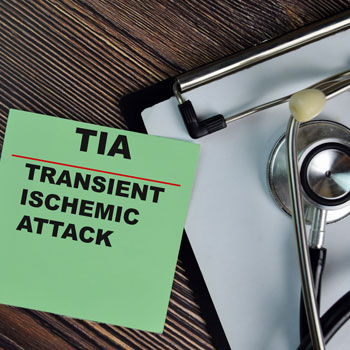Stepping up to treat osteoporosis
This month's issue addresses osteoporosis, transient ischemic attacks, and another edition of I.M. Ready columns for early career physicians.
Diagnosis of osteoporosis has increased in recent years, but treatment rates are still lagging, in part due to lack of subspecialists. But availability of effective medications and new guidance on how to prescribe them, including a recent clinical guideline from ACP, can help primary care physicians address this problem with their patients. Our story reviews which patients may be most at risk for osteoporotic fractures and offers expert advice on treatment, including which drugs to start with and how to communicate risks for side effects appropriately.
Although they're sometimes called "mini-strokes," there's nothing minor about transient ischemic attacks (TIAs), which usually resolve quickly but indicate high risk for strokes in the future. Our story takes a look at post-TIA outcomes and discusses the role of the primary care physician in monitoring patients' secondary prevention efforts, helping their recovery, and optimizing communication and engagement. For example, patients may buy in more quickly to needed lifestyle changes relayed by a doctor they know and trust, experts said.
The next installment of our new feature for early career physicians, I.M. Ready, examines the effects of COVID-19 on medical education. Frédérique St-Pierre, MD, FACP, Past Chair of ACP's Council of Resident/Fellow Members, discusses the results of a survey of internal medicine residents and subspecialty fellows, in which most respondents reported that the pandemic disrupted their clinical schedule and decreased both didactic conferences and protected time for education.
In our March issue this year, we covered the removal of the X waiver for physicians prescribing buprenorphine and told you that a new training requirement for all prescribers registered with the Drug Enforcement Administration (DEA) would be coming soon. On March 27, the DEA sent a letter to physicians outlining that requirement, which will apply to any clinician applying for or renewing their DEA registration. An addiction medicine specialist gives additional details.
Also in this issue, we cover ACP and Annals of Internal Medicine's latest virtual forum, "Overweight and Obesity: Current Clinical Challenges," offer tips on guarding against impostor phenomenon, and review the fine points of making a Parkinson's disease diagnosis.
Let us know your thoughts on this issue at immatters@acponline.org. We'd love to hear from you!
Sincerely,
Jennifer Kearney-Strouse
Executive Editor




